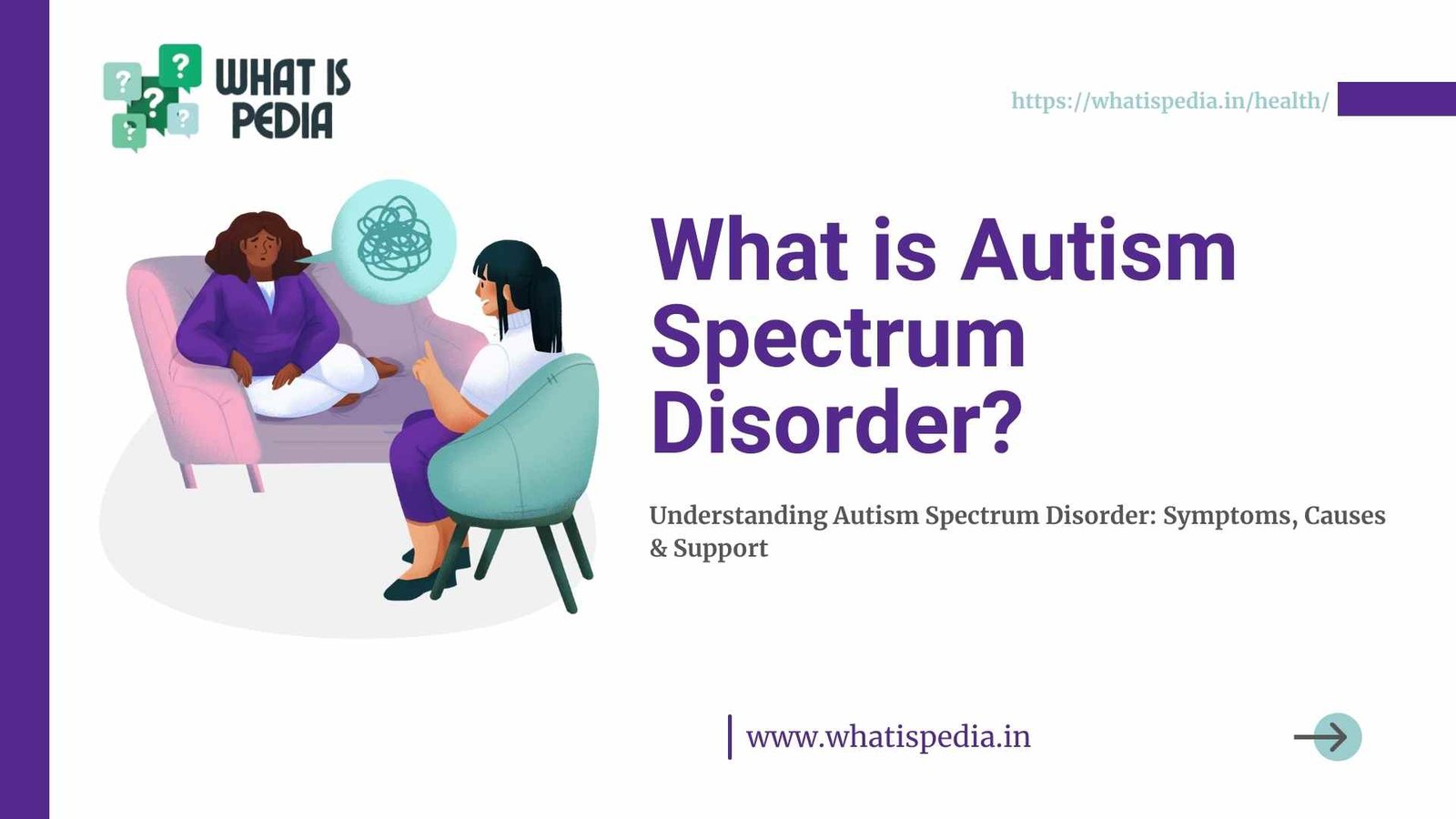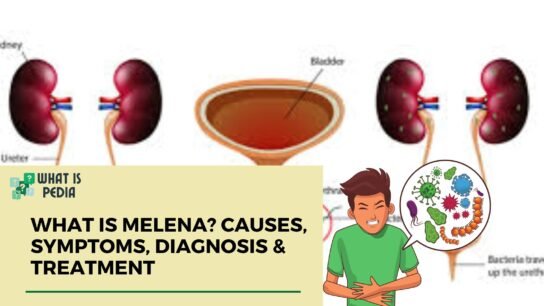Autism Spectrum Disorder (ASD) is a complex neurodevelopmental condition that affects communication, behavior, and social interactions. It is called a spectrum disorder because the symptoms and their intensity vary widely among individuals. People with autism may experience challenges in understanding social cues, engaging in conversations, and adapting to changes in routines.
Characteristics of Autism Spectrum Disorder
The characteristics of autism differ from person to person. However, some common traits include:
- Difficulty with verbal and non-verbal communication
- Repetitive behaviors and specific interests
- Sensory sensitivities, such as heightened reactions to sounds or textures
- Challenges in social interactions and forming relationships
- A strong preference for routines and predictability
While these traits are commonly observed, the severity varies. Some individuals require significant support, whereas others can live independently.
Causes and Risk Factors
The exact causes of ASD remain unknown. However, research suggests that a combination of genetic and environmental factors contributes to its development. Family history, genetic mutations, and prenatal exposure to certain conditions may increase the likelihood of autism. Additionally, factors such as premature birth or low birth weight have been linked to a higher risk.
Diagnosis and Early Signs
Diagnosing autism involves a comprehensive assessment by healthcare professionals. Signs of ASD typically appear in early childhood, often before the age of three. Some early indicators include:
- Delayed speech development
- Limited eye contact and facial expressions
- Difficulty in responding to their name
- Repetitive movements, such as hand flapping or rocking
- Unusual reactions to sensory stimuli
Early intervention plays a crucial role in improving the quality of life for individuals with autism. Therefore, parents and caregivers are encouraged to seek professional advice if developmental concerns arise.
Treatment and Support
There is no cure for autism, but various therapies and interventions help manage symptoms and improve daily functioning. Common treatment approaches include:
- Behavioral therapy: Applied Behavior Analysis (ABA) is often used to reinforce positive behaviors and reduce challenges.
- Speech and language therapy: Helps individuals develop communication skills.
- Occupational therapy: Focuses on improving daily living skills and sensory integration.
- Educational support: Specialized programs and individualized learning plans enhance academic development.
A supportive environment and tailored interventions significantly enhance the well-being of individuals with autism.
Living with Autism
Many people with autism lead fulfilling lives when provided with the right support. Family, friends, and the community play an essential role in fostering inclusivity and understanding. Awareness and acceptance contribute to breaking stereotypes and ensuring that autistic individuals have opportunities to thrive.
Conclusion
Autism Spectrum Disorder is a lifelong condition that impacts individuals in unique ways. With proper support, early intervention, and awareness, people with autism can lead meaningful and independent lives. Whatispedia believes that understanding autism promotes acceptance and creates a more inclusive society for everyone.







